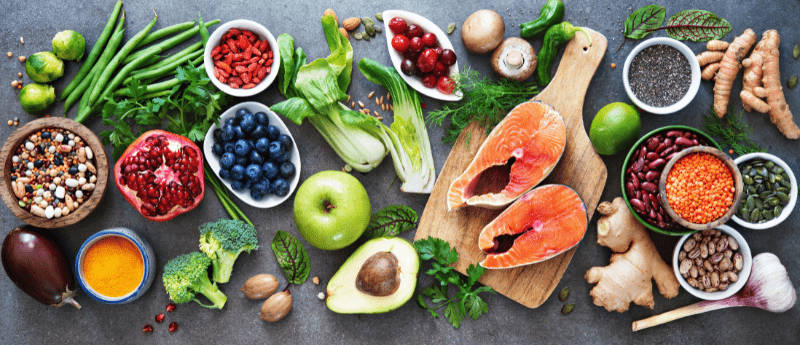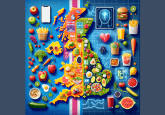An acquired taste: mapping the tongue’s surface

AI has teamed up with 3D imaging to reveal the individuality of the human tongue’s surface. This pioneering research, led by the University of Edinburgh’s School of Informatics (UK) in collaboration with the University of Leeds (UK), sheds light on the intricate landscape of our tongues, showcasing how senses of taste and touch vary uniquely from person to person.
The human tongue, a marvel of complexity, is an organ whose surface is adorned with hundreds of small buds called papillae, essential for taste, speech, and swallowing. Fungiform papillae, named after their resemblance to mushrooms, house our taste buds, while filiform papillae, possessing a crown-shaped structure, contribute to the tongue’s texture and sensation of touch.
While the taste function of fungiform papillae is well-explored, there is limited knowledge regarding disparities in size, shape, and pattern between fungiform and filiform papillae among different individuals. To address this knowledge gap, the research team harnessed the power of AI, training computer models to learn from 3D microscopic scans of individual human tongues.
Using data from over 2000 detailed scans, obtained using silicone molds of 15 individuals’ tongues, the AI models delved into the unique features of papillae. Remarkably, the model could identify the type of papillae with an impressive 85% accuracy, and was also able to map the positions of filiform and fungiform papillae on the tongue’s surface.
Moreover, the study revealed the surprising distinctiveness of papillae among individuals, meaning the model could identify individuals with an accuracy of 48% using a single papilla! This significant advancement holds the promise to uncover individual food preferences, create healthier food options, and enable early diagnosis of oral cancers in the future. Furthermore, the study opens new avenues for applications to other biological surfaces and medical conditions in future research.
Senior author and professor at the University of Edinburgh, Rik Sakar, stated, “This study brings us closer to understanding the complex architecture of tongue surfaces. We were surprised to see how unique these micron-sized features are to each individual. Imagine being able to design personalized food customized to the conditions of specific people and vulnerable populations and thus ensure they can get proper nutrition whilst enjoying their food.”
